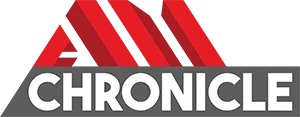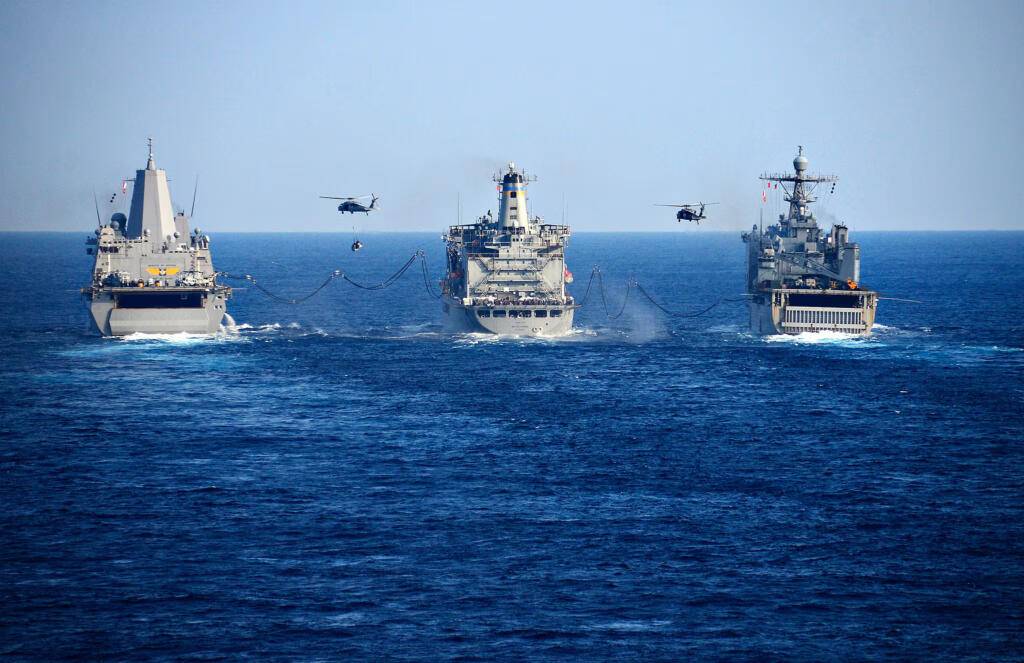Additive manufacturing is an emerging technology, with the U.S. Navy investing heavily in this process to deliver fast, efficient solutions for the construction and repair of ships and submarines, offering an alternative to traditional manufacturing methods.
At Southwest Regional Maintenance Center (SWRMC), additive manufacturing supports repair and modernization efforts by enabling the command to create approved parts up to an intermediate-level (I-level) capacity. These parts require less logistical time compared to traditional “subtractive” processes, which rely on castings or forgings. Ultimately, reducing time spent on ordering and shipping parts minimizes barriers to completing an availability on schedule.
“By implementing and expanding our capability for advanced technology, we’re fulfilling the strategies outlined in the Department of the Navy Advanced Manufacturing Strategy released in late December,” said Capt. Brian Karosich, SWRMC’s commanding officer. “Using additive manufacturing and other advanced technologies helps SWRMC support the Navy as it maintains dominance.”
Additive manufacturing refers to the process of creating three-dimensional objects from a digital file, using machines to build polymer or metal parts in the desired form. In addition to saving time, this process offers several advantages, including the creation of complex, durable parts that are cost-effective and can be produced directly at Navy manufacturing centers or onboard ships, rather than in far-off factories.
Navy ships have been using smaller additive “3D” printers to manufacture critical items since at least 2018 while underway. Around the same time, additive manufacturing was introduced at SWRMC and its use has steadily grown, with the Production Department adding new capabilities over the years. The most recent addition allows for the production of printed metal parts weighing over a ton and facilitates welding repairs in specific situations.
In addition to durability, printed parts must meet standards for heat resistance and weather durability. Polymer parts used on ships are also tested for ignitability, heat release, smoke, and toxic gas production. As of October, the NAVSEA list of approved parts includes 182 items, with another 600 undergoing engineering review.
Additive manufacturing also reduces costs in several ways. It enables the printing of multiple parts using a single machine, as opposed to requiring separate machines for each part. Parts can sometimes be printed without the need to order entire excess sets that are often included with traditional items. Furthermore, costs associated with ordering and shipping are significantly reduced.
“If we needed to replace a motor fan inside of a pump, it would take up to 18-24 hours to print and have the part in hand,” said Dayna Salcido, work lead for additive manufacturing at SWRMC. “Compare that to traditional methods, where we would need to order an entire motor pump unit, which could cost up to $20,000, just to replace the fan. It costs roughly $20 to print the fan part. Think about the time and cost savings when we apply additive printing on a larger scale. It’s huge!”
The cost savings also extends to meeting deadlines. Availabilities requiring printed parts can be completed faster, and ships can print and repair critical parts onboard, continuing their mission without interruption.
For ship parts that are no longer available through traditional ordering pipelines, additive manufacturing allows SWRMC to capture a digital scan and reverse-engineer the item, quickly eliminating barriers to repair.
“It’s really rewarding to come up with creative solutions for customers and know the part you helped reverse-engineer is being used effectively to fix ships on the waterfront,” said Salcido.
Creative solutions driven by additive manufacturing will enable SWRMC to continue meeting the needs of the Fleet now and in the future.
SWRMC offers both a two-day Basic Additive Manufacturing (AM) Training and a five-day Advance Additive Manufacturing (AM) Training with a focus on Solid Works CAD software for local San Diego-based Navy Sailors and civilians with a rate, job or collateral duty that allows for addictive manufacturing. For schedule and class information, please email [email protected].
Original Source


